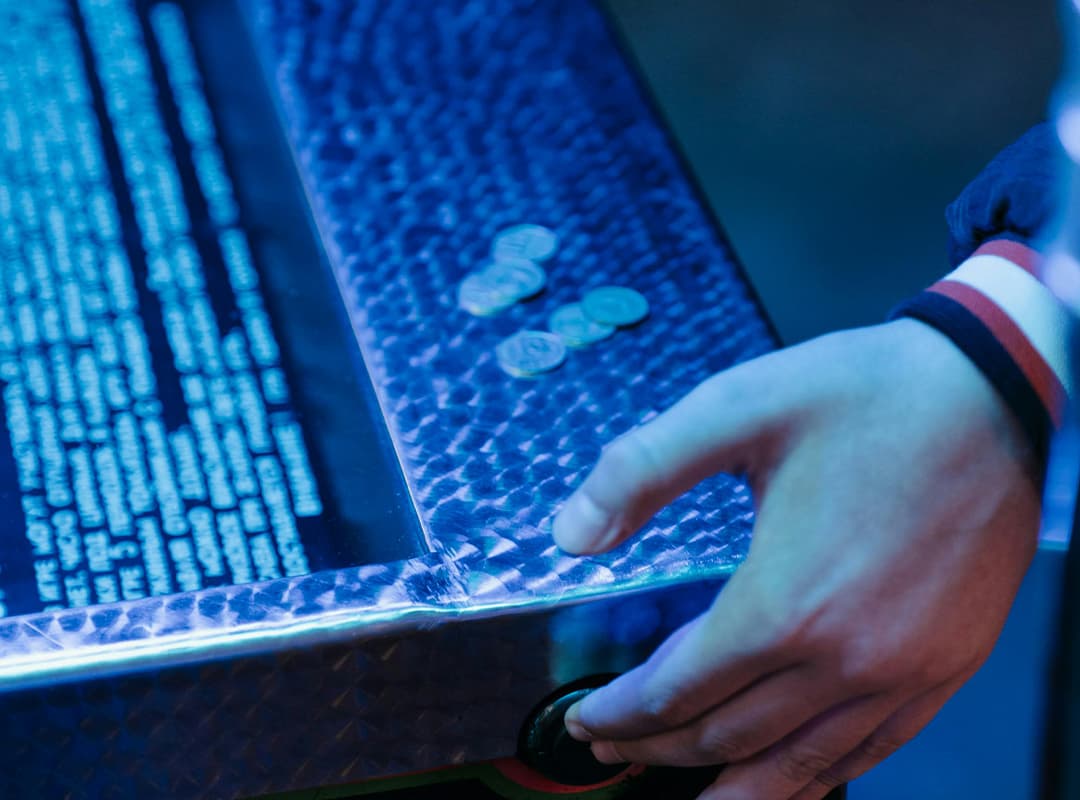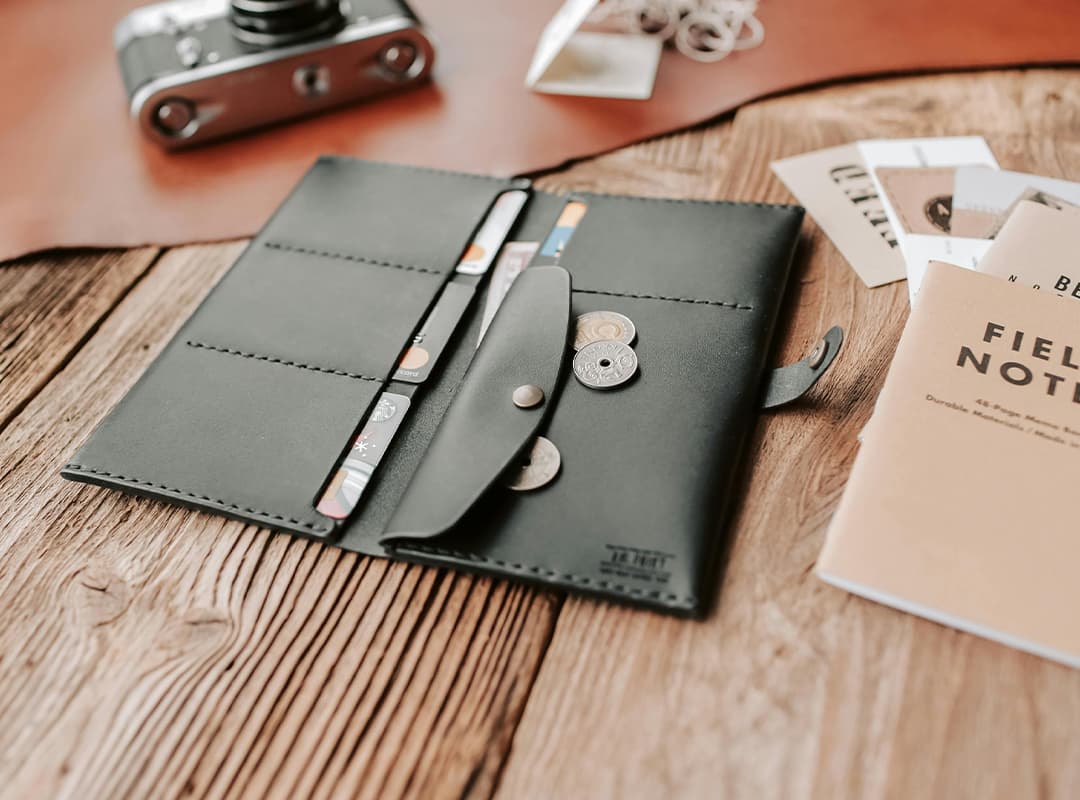Collecting bimetallic artifacts, such as coins and tokens, is a rewarding hobby, but it comes with the risk of encountering counterfeits and fakes. Learning to identify and avoid these fraudulent items is crucial for protecting the value and integrity of your collection. In this guide, we’ll explore common signs of counterfeiting, strategies for verification, and ways to avoid falling victim to fakes. We’ll also touch on specific examples like the “good for 5 cents in trade” token and discuss its value.
Understanding Counterfeits and Fakes
Counterfeits and fakes are unauthorized reproductions of genuine items. These can range from crude imitations to highly sophisticated replicas designed to deceive even experienced collectors. Recognizing these fraudulent items is essential to maintaining a valuable and authentic collection.
Common Signs of Counterfeiting
- Weight and Dimensions Genuine bimetallic artifacts have precise weights and dimensions. Using a scale and calipers, you can measure the weight and size of a coin or token to see if it matches the specifications of the genuine article. Discrepancies can indicate a fake.
- Metal Composition Bimetallic items are made from specific combinations of metals. Counterfeiters often use cheaper materials that may not have the same weight, color, or magnetic properties. Conducting a metal composition test can help identify fraudulent items.
- Design and Details Examine the design and details closely. Genuine items have sharp, clear details and consistent quality. Look for irregularities, such as blurred lines, uneven surfaces, or incorrect fonts, which are often signs of counterfeiting.
- Edge and Rim The edges and rims of genuine coins and tokens are usually uniform and well-defined. Inconsistencies in the edge, such as irregular reeding or poorly executed designs, can indicate a fake.
- Wear Patterns Authentic items display natural wear and tear consistent with their age and circulation. Fakes may have unnatural wear patterns or artificially aged surfaces to mimic authenticity.
Strategies for Verification
- Consult Experts When in doubt, consult with numismatic experts or professional grading services. They have the experience and tools necessary to authenticate bimetallic artifacts.
- Use Reference Guides Reference guides and catalogues provide detailed information on the specifications and characteristics of genuine items. Comparing your artifact to these references can help identify discrepancies.
- Provenance and Documentation Items with a well-documented provenance and history are less likely to be counterfeit. Keeping thorough records and seeking artifacts with verifiable origins can reduce the risk of acquiring fakes.
Avoiding Counterfeits
- Buy from Reputable Sources Purchasing from reputable dealers, auction houses, and well-known collectors reduces the risk of encountering counterfeits. These sources are more likely to provide guarantees of authenticity.
- Educate Yourself Continually educate yourself about the items you collect. Understanding the characteristics of genuine artifacts makes it easier to spot fakes.
- Stay Informed Keep up-to-date with news and information about counterfeiting trends and techniques. Awareness of current scams and counterfeit methods can help you stay vigilant.
Case Study: The “Good for 5 Cents in Trade” Token
The “good for 5 cents in trade” token is a popular collectible with a rich history. These tokens were commonly issued by merchants in the late 19th and early 20th centuries as a form of currency for customers. Due to their historical significance and collectible value, they are often targeted by counterfeiters.
- Identifying Genuine Tokens Authentic “good for 5 cents in trade” tokens typically have clear, sharp details and consistent weight and size. They are made from specific metal compositions and exhibit natural wear from use.
- Assessing Value The value of a “good for 5 cents in trade” token can vary widely based on factors such as rarity, condition, and historical significance. Using a “good for 5 cents in trade token value” guide can help determine the approximate worth of a token, but it’s also wise to consult with experts for a precise evaluation.
Counterfeits and fakes are an unfortunate reality in the world of bimetallic artifact collecting. However, by educating yourself, using reliable verification methods, and purchasing from reputable sources, you can minimize the risk of acquiring fraudulent items. Always stay vigilant and informed to protect the value and integrity of your collection.
Whether you’re collecting coins, medals, or tokens like the “good for 5 cents in trade” token, understanding how to identify and avoid counterfeits is essential. Use these tips to ensure that your collection remains authentic and valuable.



